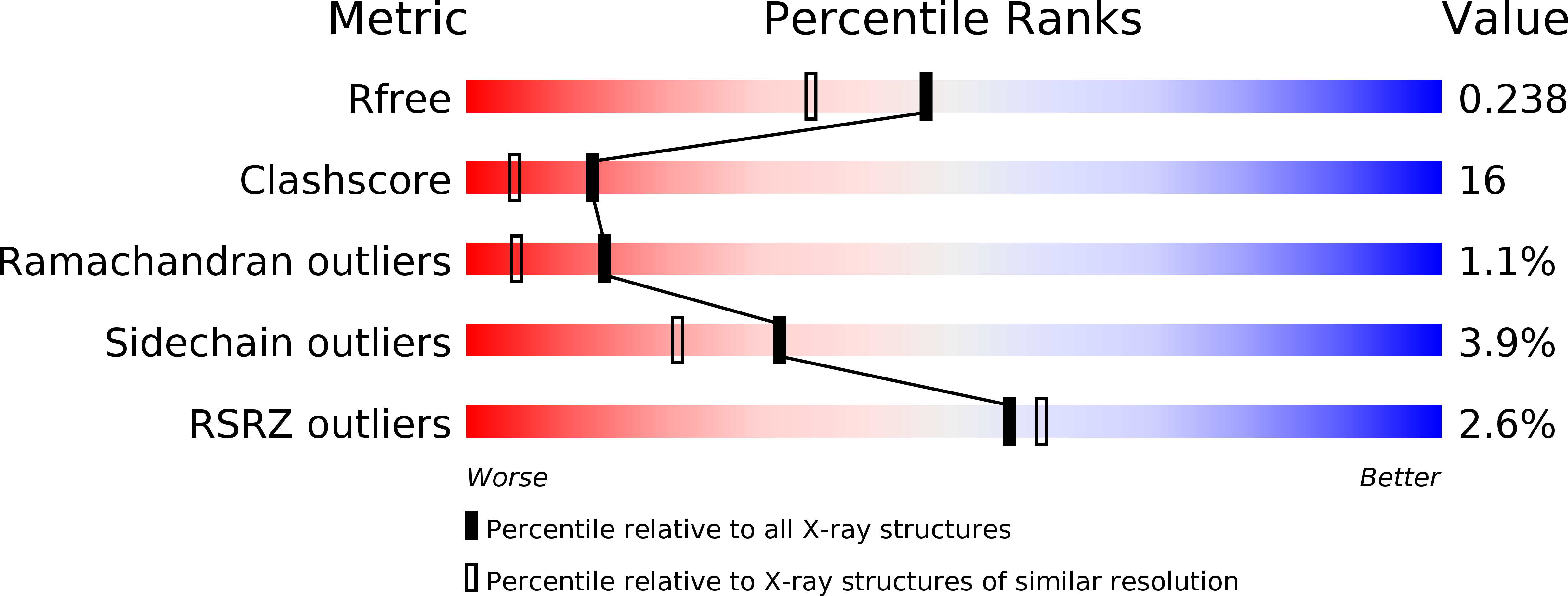
Deposition Date
2014-08-15
Release Date
2015-01-14
Last Version Date
2024-03-20
Entry Detail
PDB ID:
4W4R
Keywords:
Title:
Crystal structure of ent-kaurene synthase BJKS from bradyrhizobium japonicum
Biological Source:
Source Organism:
Bradyrhizobium diazoefficiens USDA 110 (Taxon ID: 224911)
Host Organism:
Method Details:
Experimental Method:
Resolution:
1.92 Å
R-Value Free:
0.23
R-Value Work:
0.19
R-Value Observed:
0.19
Space Group:
P 41


